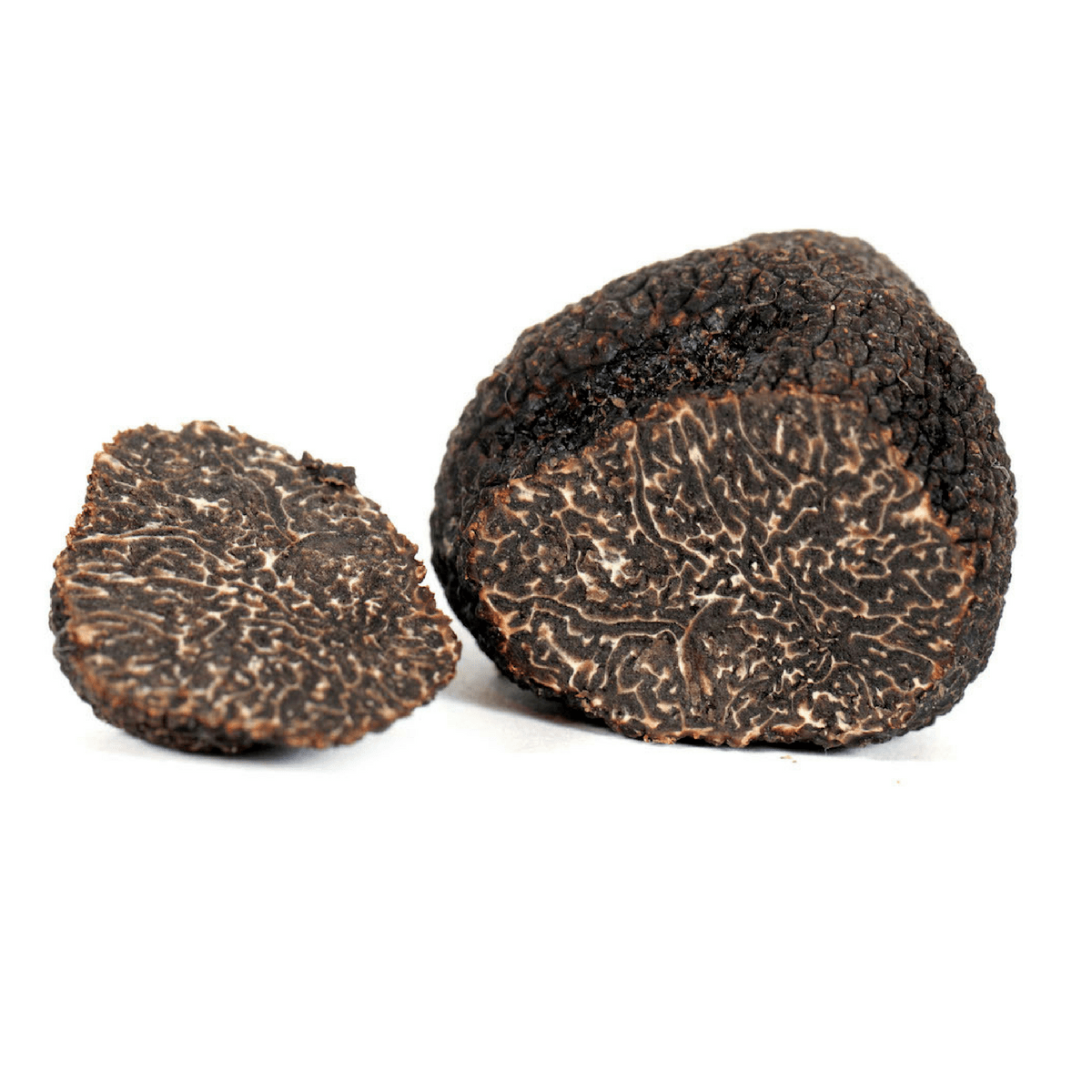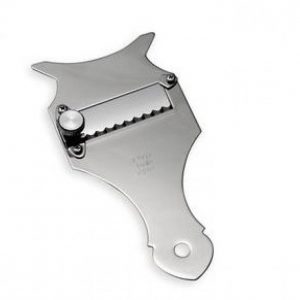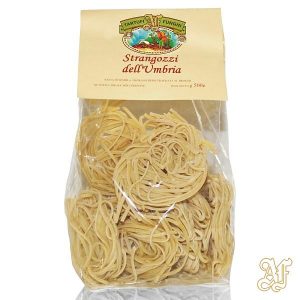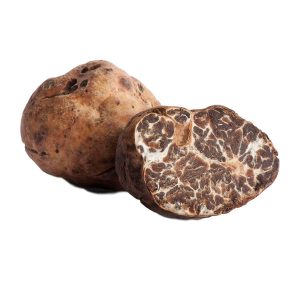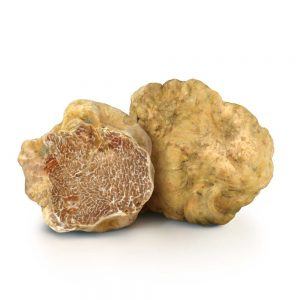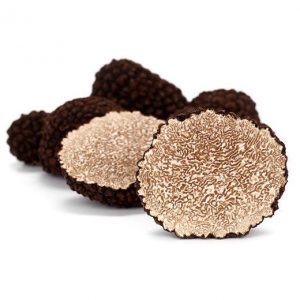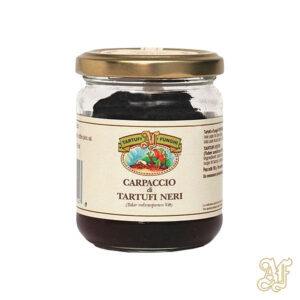Fresh Black Winter Truffle description
The Fresh Black Périgord Truffle (Tuber melanosporum Vittad.) is a winter fungi collected from the 15th of November to the 15th of March.
Its intense, aromatic and fruity odour and balanced flavour make it a favourite amongst many connoisseurs and have earned it its nickname: “sweet black truffle”.
It should be noted that it is quite different from the Ordinary Black Truffle (Bagnoli truffle), characterised by a strong carbolic smell, bitter taste and low commercial value.
Instead, the valuable characteristics of the Black Winter Truffle render it a precious fruit of the earth, which make it a fine gift idea for gourmets.
Appearance
The Black Périgord Truffle has a rounded appearance and is quite homogeneous. The peridium or rind has protrusions and warts that make it very rough to the touch and it has a brownish or blackish colour. Specimens that are not perfectly ripe may be also reddish. The gleba, or inner part of the truffle, is black-violet with whitish veins.
The size may vary significantly and can range from that of a hazelnut (the most common) to that of a large apple (the rarest), reaching even one kilogram in weight in the biggest specimens.
Where it grows
This truffle is also known as Black Truffle from Norcia or Black Truffle from Spoleto because it mainly grows in these areas as well as in Umbria in general.
The Black Truffle from Norcia grows in hilly and mountainous areas, in forests composed of hazelnuts, oaks, holm oaks, hornbeams and olive trees, where the soil is well lit, drained, calcareous and sometimes rubbly.
The black Winter truffle grows in areas where vegetation is scarce and the grass is sparse under the trees due to dense tangles of filaments that intersect each other.
Cooking
It is not a coincidence that the Black Périgord Truffle is referred to as “the King of the table”: delicious and fragrant, can be used in a wide variety of dishes and preparations in which it can be used both raw and cooked because its aroma is not lost but strengthened when cooked.
Umbria has dedicated a wide variety of delicious dishes to “its” truffle, like the famous “strangozzi alla spoletina” or the simple but delicious filet with truffle.
Many other regional cuisines have numerous dishes dedicated to the Black winter Truffle: from the bruschetta, to pasta dishes as well as meat or fish main courses, the only limit is your imagination! The black winter truffle is also popular in stuffed ravioli, Guinea fowl dishes or for embellishing pâté.

